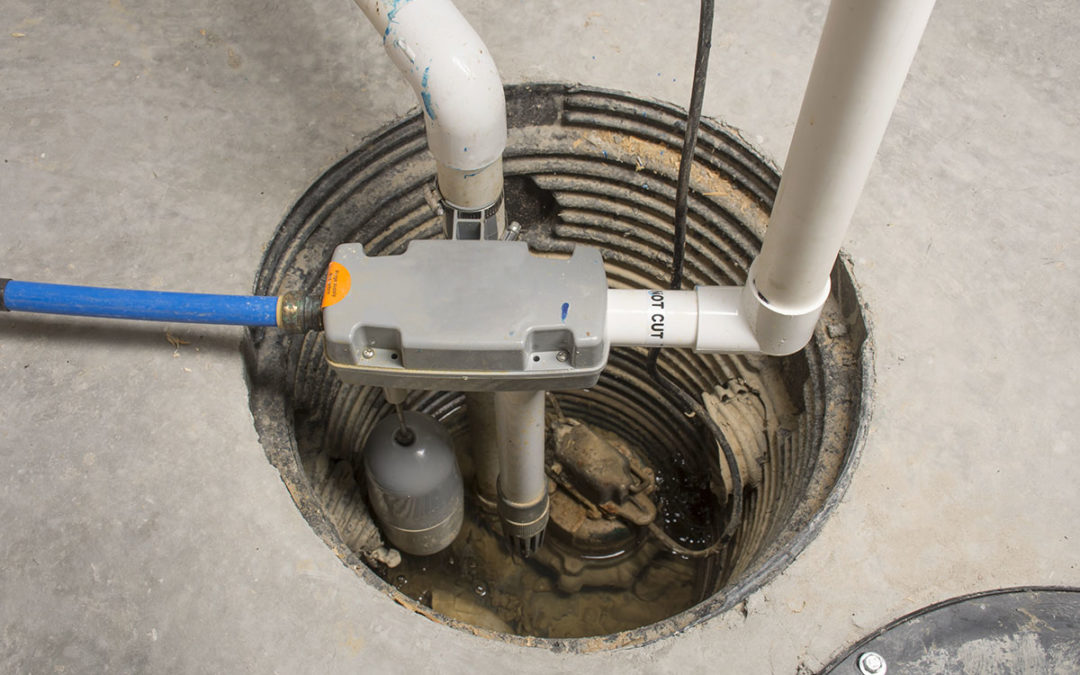What is a sump pump? This is a pump that’s used for removing accumulated water in a sump basin. This is mostly the case in basements, where the foundation of the house is below the water table level. The sump pumps role is to pump water away from the pit and establishment, so the crawlspace or basement remains dry.
When a terrible rainstorm strikes your residential home, the last thing you want is to have a sump pump failure. In order to protect your home from water damage and flooding, a sump pump is a necessity – and you should know how to maintain it in order to prevent stressful, expensive and, most of all, avoidable problems.
Here are a few common causes of sump pump failure:
- Power Failure: Without a backup battery to keep things running, a power outtage will cause your sump pump to stop working.
- Improper sump pump installation: Installing a sump pump system on your own may not be the best idea if your not a trained professional.
- Neglected yearly maintenance: Depending on the type of system you have installed in your home, it may require maintenance every few months or once a year.
- Wrong size sump pump: If you install a sump pump that’s too small, it may not be capable of pumping out all the water. On the other hand, when a sump pump is too big, the pump is forced to work harder, resulting in a shorter product lifespan.
Importance Of Sump Pump Maintenance
Cost-Effective
The sump pump should be free and clear of debris. The filter, together with its components, should be moving freely to do their job correctly. Routine maintenance prevents breakdowns and assists in eliminating costly repairs.
Eliminates Worry
Ruined lawns, flooded basements cause significant damage to your place, not forgetting the unpleasant odors that can make life really hard. A regularly maintained sump pump eliminates all these disasters by forcing water away from the basement.
How to prevent sump pump failure (Inside)
- Try installing a battery backup for the sump pump so it can continue operating if you lose power during a storm or outage.
- Put in a sump pump alarm that alerts you when the water in the sump basin rises.
- Yearly check-ups.
(Outside)
- Install window well covers, especially the basement to keep water out.
- Take out trees around the foundation. The roots crack foundation walls which allow water to gain entry.
- Position downspout extensions.
Whereas sump pumps often fail in the summer and spring months when rainfall is at its highest level, they can sometimes be used year-round. The most prevalent problem homeowners go through is having a frozen sump pump hose that’s prone to bursting which results in significant water damage. However, sump pumps have an extension hose that takes the water from the basin and divert it away from home. The sump pump extension hose can prove to be valuable in the summer and spring, but during the winter months, it can wreak havoc on the pump. This issue is easy to avoid with routine sump pump winter maintenance.
